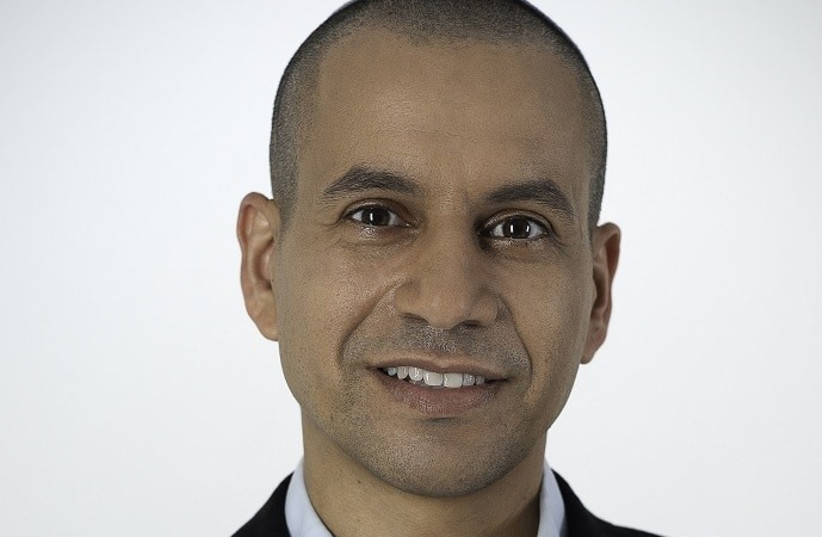A “groundbreaking” study conducted at Ariel University has reported significant advances from using nanotechnology to refine photodynamic therapy (PDT) for breast cancer treatment.
PDT has been known for over 100 years and has been shown to be very safe and effective treatment when it’s applied for conditions it has been licensed to treat. Currently gaining in acceptance as an alternative cancer treatment, it uses a drug that is activated by light – called a photosensitizer or photosensitizing agent – to kill cancer cells. The light can come from a laser or other source including LEDs.
Then it was applied to treating patients with large tumors, especially in the digestive tract or lungs so that the patient can undergo surgery. Photodynamic therapy can also shrink a tumor to relieve pressure on nearby organs or reduce shortness of breath.
More recently, PDT has been used on some breast cancer patients using light energy, oxygen, and photosynthesizer to kill the malignant cells that are needed for highly toxic singlet oxygen generation – and it seems to be a promising alternative in the localized treatment of breast cancer. PDT may be excellent alternative in the treatment and diagnosis of breast cancer compared to the conventional surgery, chemotherapy and radiotherapy.
Light delivery is still a difficult problem in deep cancer treatment with PDT. Only near-infrared light in the 700 to 1,100 nm range can penetrate deeply into the tissue because most tissue chromophores including oxyhemoglobin, deoxyhemoglobin, melanin and fat, poorly absorb in the near-infrared window.

A patient-friendly method with few side effects, PDT had been limited in its application due to the restricted penetration depth of visible light used in the therapy. This limitation confined the treatment to areas close to the surface and small tumors.
Ariel University team uses nanotechnology to overcome limits of PDT
The Ariel University research team of Dr. Refael Minnes of the Faculty of Natural Sciences’ physics department has dealt with these constraints by integrating nanotechnology into the treatment process. By creating a drug that can be stimulated by infrared light that has a higher penetration than visible light and controlling the distance between the drug and the harmonic nanoparticle, the team has enhanced the potential of PDT.
The research findings, published in the journal Spectrochimica Acta Part A under the title “Optimizing the average distance between a blue light photosensitizer and a harmonic nanoparticle for effective infrared photodynamic therapy” will enable future PDT treatments to reach target tissues in volumes and depths that weren’t previously accessible, the researchers said. “The potential for successful PDT in future is thus greatly improved.”
Doctoral student Ayan Barbora, who led the research, said that nanotechnology has a significant role in developing a more-effective photodynamic therapy for cancer.
The basic elements of PDT are an appropriate photosensitizer (PS), oxygen, and light. The effectiveness of photodynamic therapy depends on the induction of photocytotoxic reactions that are the result of light activation of PS pre-administered to the body. The condition for initiating PDT processes is light absorption by PS and subsequent localized generation of cytotoxic reactive oxygen species.
The study is a review of empirical research aimed at improving the therapy and diagnosis of breast cancer using PDT based on the physicochemical differences in healthy and diseased tissues and the tissues undergoing treatment.
A leading breast cancer specialist at a Jerusalem hospital told The Jerusalem Post that “the results of the research definitely have the potential to treat certain cancer conditions that we did not have the tools to treat until now. This is groundbreaking research and there is a good possibility that this treatment method will prove itself in clinical studies.”
